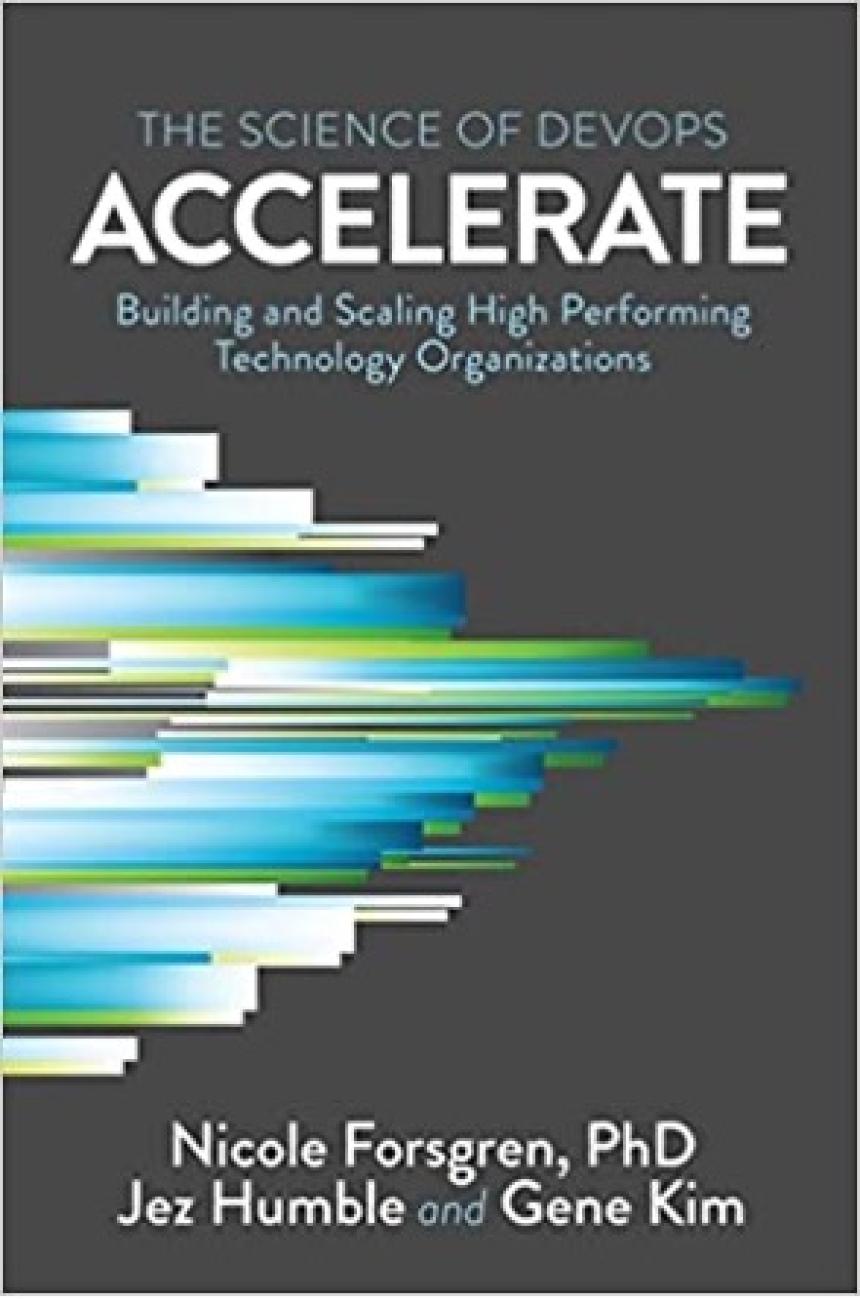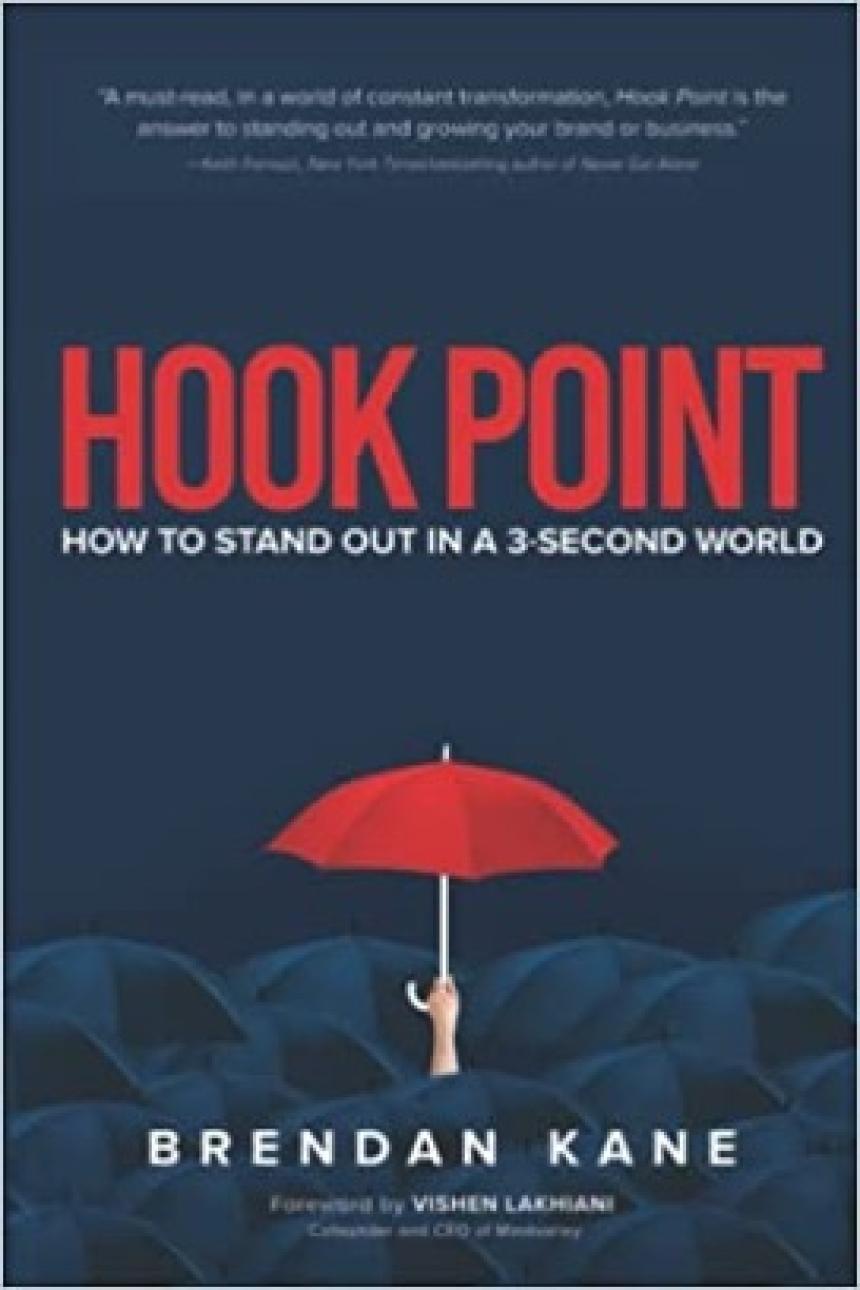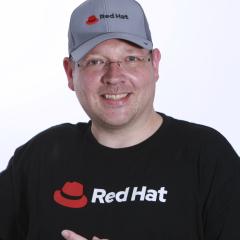8 books to boost your enterprise architecture career

Photo by Alexander Grey on Unsplash
The enterprise architecture community is full of great minds. The specialty's impact has made it a top IT job, as "60% of businesses will depend on enterprise architecture's role to inform their approach to digital innovation by 2023."
As the role's importance grows, enterprise architects must continually find new ways to level up and keep their skills sharp. As Deloitte director and chief architect Eric Gfesser discovered in his career journey from software engineer to architect:
- Your title might not reflect what you actually do.
- If you build your skillset, your career will follow.
- All technology work is interrelated.
As you work to keep your skillset malleable and adapt to whatever industry or business outcome you take on next, there's a lot of great information available to help you build your career.
This is one reason many leading enterprise architects spend so much time reading books about technology, business, and careers. So, we asked some members of the Enable Architect community what they have been reading. If you're searching for new reading material to help improve your skill set, consider the books they recommended.
Accelerate: The science of lean software and DevOps, by Nicole Forsgren, Jez Humble, and Gene Kim
Recommendation written by Dapo Oloyede, Senior Application Development Consultant, Red Hat
My favorite recent book is Accelerate: The science of lean software and DevOps, by Nicole Forsgren, Jez Humble, and Gene Kim. I like this book because it gives me an inside look into how organizations can gain a competitive advantage by aligning technological applications to organizational goals and business values.
It is the result of four years of scientific research to find a way to measure software delivery performance and goals using statistics. Anyone reading this book will confidently know how to measure the performance of software delivery teams and the capabilities to drive performance in a non-technologically, non-opinionated manner. This is a must-read for digital transformation experts and management at every level.
[ Learn how to explain DevOps in plain English. ]
Hook Point, by Brendan Kane
Recommendation written by Jim Tyrrell, Chief Application Services Architect, Red Hat
I really enjoyed Hook Point by Brendan Kane. It gives you some methods to write and convey your offer to ensure it is heard by most people and resonates loudly.
Influence is your Superpower, by Zoe Chance
Recommendation written by Evan Stoner, Senior Specialist Solutions Architect, Red Hat
Whether you are an architect, engineer, manager, or in another role, your success is a function of both your ideas' merit and how you present them. In Influence is your Superpower, Zoe Chance concisely summarizes decades of research across psychology, marketing, and neuroscience to offer insights and advice that will make you a more effective agent of change. I really enjoyed the author's recording of the audiobook, and I plan to pick up a print copy soon!
Modernizing Enterprise Java, by Markus Eisele and Natale Vinto
Recommendation written by Markus Eisele, Developer Strategist, Red Hat EMEA
I wrote Modernizing Enterprise Java during the first year of the pandemic with Natale Vinto. We wanted to open a leeway for legacy applications to move into the new cloud-native world, as this need is becoming more and more relevant.
[ Download this complimentary book from Red Hat: The automation architect's handbook. ]
Software Architecture Metrics: Case studies to improve the quality of your architecture, by Christian Ciceri, Dave Farley, Neal Ford, Andrew Harmel-Law, Michael Keeling, Carola Lilienthal, João Rosa, Alexander von Zitzewitz, Rene Weiss, and Eoin Woods
Recommendation written by John Apple, Senior Technical Support Engineer, Red Hat
For the last couple of months, I have been thinking of different approaches to measuring the quality of architecture. I've also considered how architecture evaluation will help organizations make the most suitable decisions for success in the fast-moving world. Unfortunately, there are not a lot of resources available for architecture metrics. Finding the true value of the architecture without measuring it is inefficient and makes it hard for organizations to plan effectively.
In Software Architect Metrics, the authors share their learnings with case studies to measure attributes. I found the book interesting, as architecture evaluation is one of the important facets of our profession, but many architects ignore or take it lightly.
Team Topologies, by Matthew Skelton and Manuel Pais
Recommendation written by Evan Stoner, Senior Specialist Solutions Architect, Red Hat
We obsess over APIs, loose coupling, and separation of duties all day long when architecting systems. Why don't we put the same emphasis on the people building those systems? Team Topologies explores how the structure of teams affects the structure of the systems they build. It also prescribes a framework for designing teams, and provides guidance on team interaction so that it aligns with the system's intended architecture.
[ Learn how to build a flexible foundation for your organization. Download An architect's guide to multicloud infrastructure. ]
This is Service Design Doing, by Marc Stickdorn, Markus Hormess, Adam Lawrence, and Jakob Schneider
Recommendation written by Jim Tyrrell, Chief Application Services Architect, Red Hat
This is Service Design Doing breaks down the thinking behind what it takes to bring integrated services together by bridging the gap between all stakeholders. It combines methods, real-world examples, and practitioner stories to ensure you have the know-how to bring all the right knowledge back to your organization.
The Unicorn Project, by Gene Kim
Recommendation written by John Apple, Senior Technical Support Engineer, Red Hat
The Unicorn Project details how to integrate IT into the business and how that change can happen—to convert the business' view of IT from a cost center to a force multiplier—to truly become the "critical enabler" of the company that architects are supposed to be. Unfortunately, for various reasons, we IT folk have this thing about putting ourselves into a horrible death spiral of process and prevention that really isn't necessary and actually blocks us from doing what is required. The IT sector seems to attract people with a process-orientated bent, and we seem to love details like kids love candy: the more, the better!
Unfortunately, the very tendency that makes us great firefighters for broken systems means that we also tend to spend the limited energy and funds we have on things that defeat our very purpose—things that cripple our ability to be the force multiplier for the business that we are capable of being.
Food for thought
To be an impactful systems architect, you don't only have to learn about the latest and greatest software development and team topologies. A good history or fiction book can help expand your mind and thought processes. Allowing your mind to unplug and break free from your laptop for a while—even if you just transition to a smaller screen—does your mental health an incredible service.




Marjorie Freeman
Marjorie is the Community Manager for Enable Architect. More about me
Contributors
Navigate the shifting technology landscape. Read An architect's guide to multicloud infrastructure.
OUR BEST CONTENT, DELIVERED TO YOUR INBOX















